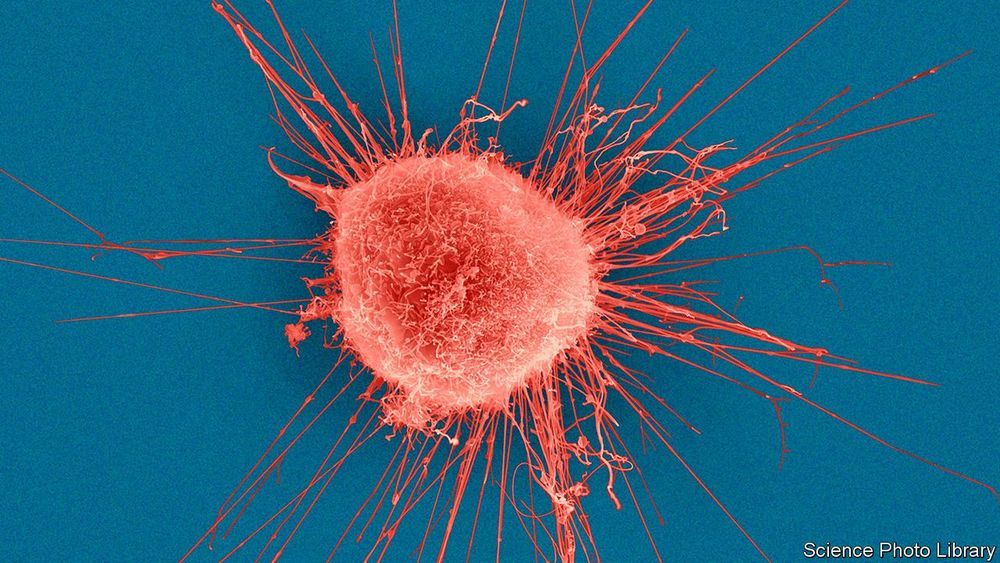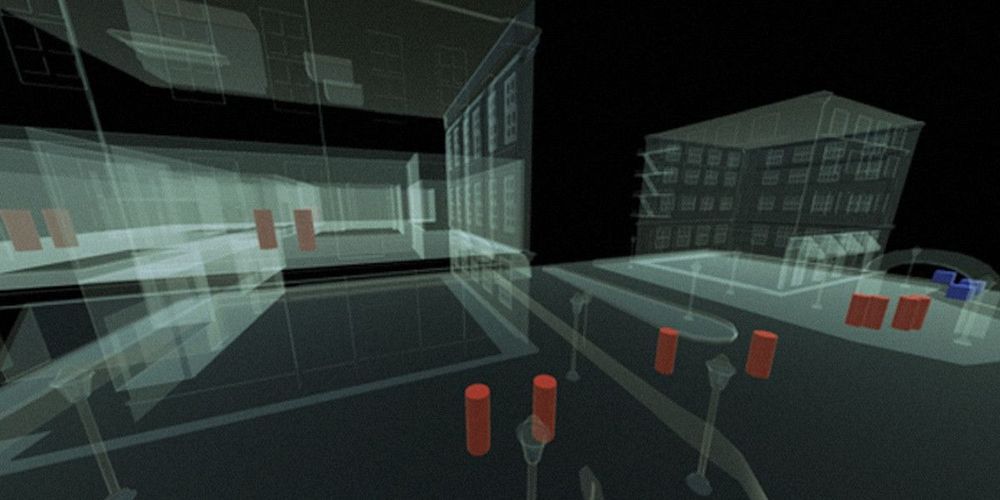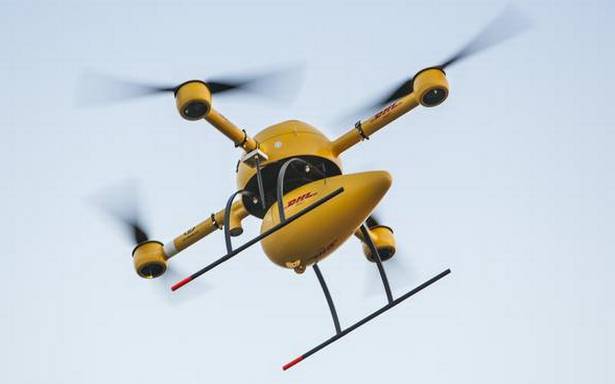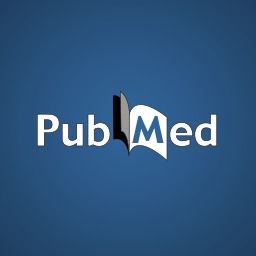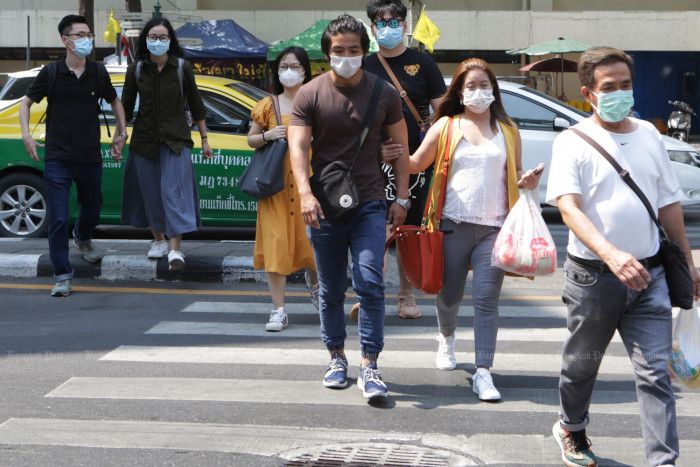Page 7927
Feb 7, 2020
Company to harvest green hydrogen from underground oil fires
Posted by Genevieve Klien in category: futurism
Feb 7, 2020
Worlds gets $10 million to help enterprises observe their physical environments with AI
Posted by Genevieve Klien in category: robotics/AI
Worlds, a Dallas-based startup that uses AI to help large organizations monitor their physical spaces, has raised $10 million.
Feb 7, 2020
Why the next generation of rockets will be powered by methane
Posted by Genevieve Klien in category: energy
Feb 7, 2020
Why drone delivery is not possible in densely populated areas
Posted by Genevieve Klien in category: drones
Your dream to get a pizza delivered by a drone or an Amazon drone knocking at the door will remain a dream as researchers have revealed that a drone delivery service is not realistic and may not be possible in densely-pulated areas.
The reason is simple: Demand for drone delivery in e-retail is high but the ability to meet that demand is very low.
For a city like New York, the optimal design for the test locations, based on all factors, is three drone facilities covering 75% of NYC area and 34% of the population.
Feb 7, 2020
Einstein’s predictions on gravity continue to be proven by science!
Posted by Paul Battista in category: science
Feb 6, 2020
10 Steps to Survive a Global Pandemic: Coronavirus
Posted by Mario Acosta in categories: biotech/medical, mathematics
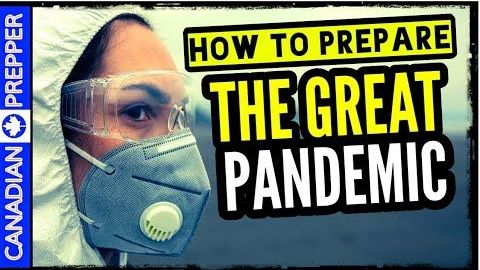
#survival #coronavirus
In light of recent events its a good opportunity to go over the basics of pandemic preparedness.
*Correction* I need to make a correction to information provided within this video. The case-fatality rate of the Spanish influenza is often quoted by virologists as 2.5 % when in reality the math on this doesn’t add up as the population of the planet at the time doesn’t align with this statistic. This stat is misinterpreted to mean the overall case-fatality rate was (greater than) 2.5%. It is presumed a safer mortality estimate was between 7.5%-15% at the pandemics peak wave. The correct statistic is the 2.5%-5% of the WORLDS population perished as a result of this. It should be noted that there were several waves to this pandemic hence the 2.5 (greater than) statistic. The first wave was relatively tame, the second wave was devastating, the third wave was less severe. https://www.cdc.gov/flu/pandemic-resources/1918-commemoration/three-waves.htm
Continue reading “10 Steps to Survive a Global Pandemic: Coronavirus” »
Feb 6, 2020
3D Printed Heads Can Unlock Phones. What Does that Mean for Biometric Security?
Posted by Omuterema Akhahenda in categories: 3D printing, cybercrime/malcode, mobile phones, privacy, robotics/AI
Facial recognition technology is likely not as safe as you may have thought. This was illustrated by a recent test where 3D printed busts of peoples’ heads were used to unlock smartphones.
Out of five tested phones, only one refused to open when presented with the fake head.
Other biometric security measures are also showing less resilience to hacking than you might expect. A group of Japanese researchers recently showed it was possible to copy a person’s fingerprints from pictures like the ones many of us post on social media.
Feb 6, 2020
Aloe Polysaccharides Inhibit Influenza A Virus Infection-A Promising Natural Anti-flu Drug
Posted by Omuterema Akhahenda in categories: biotech/medical, health
Front Microbiol. 2018 Sep 27;9:2338. doi: 10.3389/fmicb.2018.02338. eCollection 2018.
Influenza A virus causes periodic outbreaks and seriously threatens human health. The drug-resistant mutants have shown an epidemic trend because of the abuse of chemical drugs. Aloe polysaccharides (APS) extracted from Aloe vera leaves have evident effects on the therapy of virus infection. However, the activity of APS in anti-influenza virus has yet to be investigated. Here, we refined polysaccharides from A. vera leaf. In vitro test revealed that APS could inhibit the replication of a H1N1 subtype influenza virus, and the most obvious inhibitory effect was observed in the viral adsorption period. Transmission electron microscopy indicated that APS directly interacted with influenza virus particles. Experiments on PR8 (H1N1) virus infection in mice demonstrated that APS considerably ameliorated the clinical symptoms and the lung damage of the infected mice, and significantly reduced the virus loads and mortality.
Feb 6, 2020
Thai doctors say two drug groups effective on patient
Posted by Mario Acosta in category: biotech/medical
Successfully coronavirus treatment on a critically ill 71-year woman.
Thai doctors have declared the use of anti-flu and AIDS drugs a success in reducing symptoms of coronavirus patients after using them on a Chinese woman.
Two doctors from Rajavithi Hospital in Bangkok — Dr Kriangsak Atipornwanich, an expert physician, and Assoc Prof Dr Subsai Kongsangdao, a specialist — said at a briefing in Bangkok that improvements were seen in the 71-year-old woman 48 hours after administering the two groups of medications.
Continue reading “Thai doctors say two drug groups effective on patient” »
